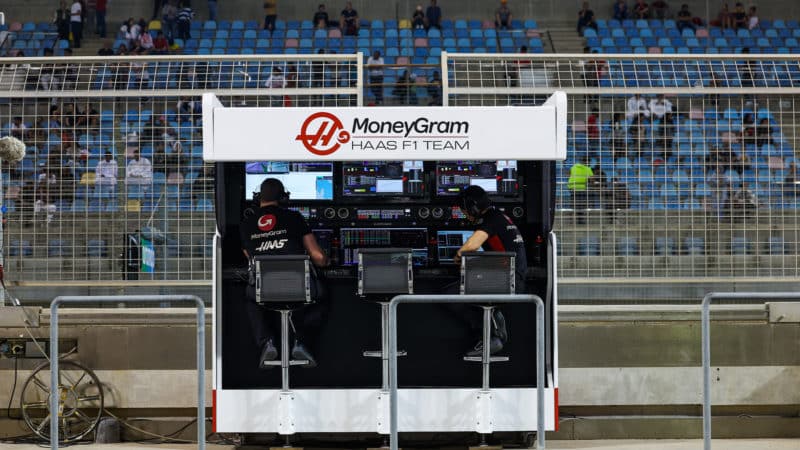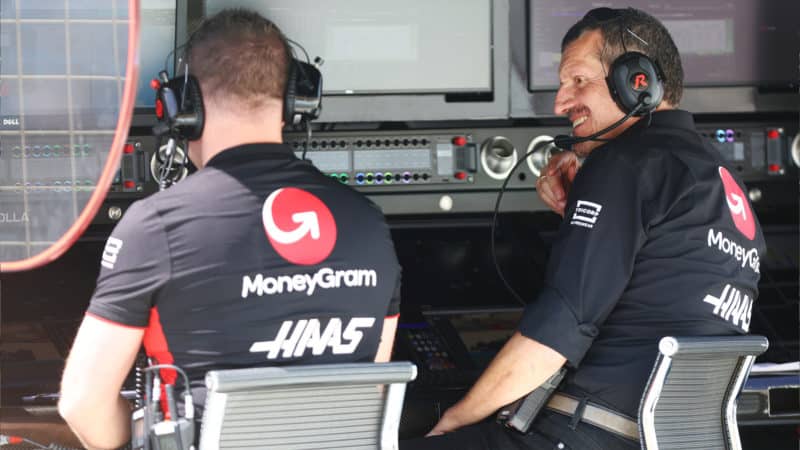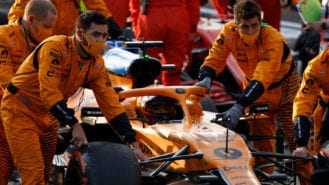“The only way to get faster is development so we try to free up as much as possible for development and not spend it on prat perches for example, having a lot of people there,” he said.
Haas’s budget is currently at the cost cap limit, so the team must make savings on one area if it wants to direct extra resources to development. Despite the smart cost saving, Steiner says it’s only a successful move if it is able to deliver a quicker car.
“I’m not up for saying ‘We put a package on [the car]’. If the package doesn’t bring anything you spend money and do nothing. We put timelines in and see what we can develop and that is what we make. Be it a full package, be it just a little fairing, be it a front wing – whatever comes we have got quite a good budget now to do upgrades and we adjust it as we go along and while we find performance in the wind tunnel.
“We don’t define it as ‘We want new bodywork at all costs for Barcelona’ because if we go and develop new bodywork and it doesn’t give any advantage, why would we produce it? So we just try to manage it like this.”
Last year McLaren revealed that it would be switching from air freight to sea freight for its garage equipment, calculating that it was cheaper to buy five sets of tools to be shipped to race locations, rather than flying one set around the world.



